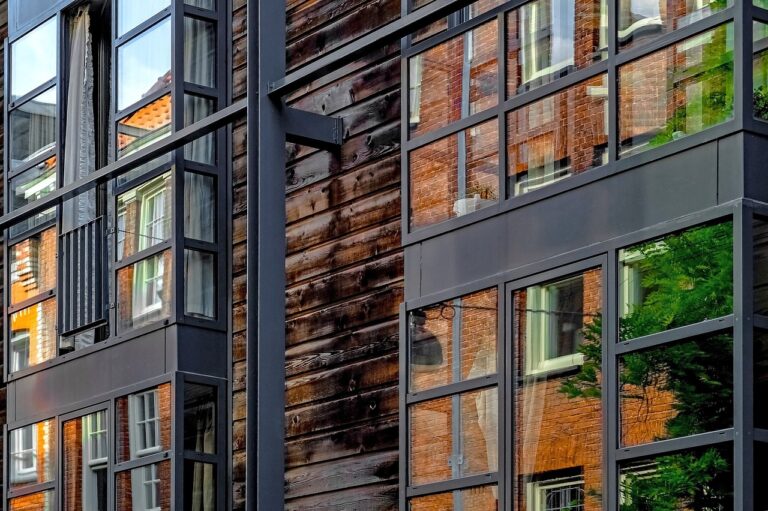Designing Accessible Outdoor Climbing Walls: Promoting Fitness and Adventure for All
Outdoor climbing walls have become increasingly popular in recent years, offering individuals of all abilities the opportunity to enjoy the thrill of climbing in a controlled environment. These walls are designed to be accessible to a wide range of climbers, including those with physical disabilities or limitations. With careful planning and design, these climbing walls can provide a safe and exciting experience for everyone.
The design of accessible outdoor climbing walls often includes features such as varying degrees of difficulty, textured holds for better grip, and clear markings to guide climbers of different skill levels. Additionally, these walls are typically equipped with safety measures such as harnesses, ropes, and padded flooring to minimize the risk of injury. By incorporating these elements into the design, outdoor climbing walls can cater to a diverse range of climbers and ensure that everyone can participate and enjoy the sport.
The Importance of Inclusivity in Outdoor Climbing Walls
When designing outdoor climbing walls, it is crucial to prioritize inclusivity. Ensuring that individuals of all abilities and backgrounds feel welcome and able to participate in the sport is key. By creating spaces that are accessible and welcoming to a diverse range of climbers, outdoor climbing walls can become hubs of community engagement and enjoyment for all.
Inclusivity in outdoor climbing walls goes beyond physical accessibility. It also involves fostering a culture of respect and support among climbers. By promoting inclusivity, outdoor climbing walls can help break down barriers and create a more welcoming environment where all individuals can feel valued and empowered.
Outdoor climbing walls should be designed with accessibility in mind to accommodate climbers of all abilities
Inclusivity also means promoting a culture of respect and support among climbers
Breaking down barriers and creating a welcoming environment for all individuals is crucial for the success of outdoor climbing walls as community hubs
Key Considerations for Designing Accessible Climbing Walls
When designing accessible climbing walls, it is essential to prioritize safety for climbers of all abilities. This can be achieved by incorporating features such as a variety of handholds and footholds at different heights, allowing for adaptive equipment to be easily utilized, and ensuring that the climbing surface is smooth and free of hazardous protrusions.
Additionally, providing ample space around the climbing wall for wheelchair users to maneuver and ensuring that routes are clearly marked with different color-coded holds can enhance the overall accessibility of the climbing experience. By implementing these key considerations in the design process, outdoor climbing walls can welcome individuals of diverse abilities to enjoy the thrill and challenge of this exhilarating sport.
Why is it important to design climbing walls with accessibility in mind?
Designing climbing walls with accessibility in mind ensures that individuals of all abilities can participate in the sport, promoting inclusivity and diversity within the climbing community.
What are some key considerations for designing accessible climbing walls?
Some key considerations include providing multiple routes of varying difficulty levels, incorporating features such as handrails and ramps for individuals with mobility impairments, and ensuring that the climbing wall is easily navigable for individuals with visual impairments.
How can outdoor climbing walls be made accessible?
Outdoor climbing walls can be made accessible by ensuring that there is a clear path to the wall, providing ample space for individuals using mobility aids, and incorporating tactile markings for individuals with visual impairments.
How can climbing gyms promote inclusivity for individuals with disabilities?
Climbing gyms can promote inclusivity for individuals with disabilities by offering adaptive climbing programs, providing staff training on how to work with individuals of varying abilities, and creating a welcoming and supportive environment for all climbers.
Are there any regulations or guidelines for designing accessible climbing walls?
While there are no specific regulations for designing accessible climbing walls, following guidelines such as the Americans with Disabilities Act (ADA) and consulting with individuals with disabilities can help ensure that the climbing wall is inclusive for all.







